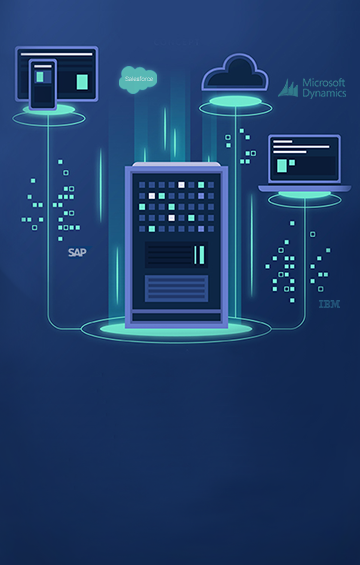Features of Cloud Technology
Cloud technology is one of latest technogy which enter into every field of life. Customers can generally use their credit card to create new instances or new online customer relationships at any time. You don’t have to wait for shipping, and you don’t have to go through a complicated purchasing process. API Integration is also a part of this.
Accessible from the network
Private cloud services are usually accessible from anywhere in the company. You can configure additional security restrictions, such as virtual firewalls. It is to limit which services can be accessed from where. VPN (Virtual Private Network) connectivity is also provided between local resources and an isolated set of servers in the public cloud.

Resource grouping (“overbooking”)
Many of the cost benefits of cloud services are due to resource pooling and overselling. Statistically, most applications and services, for the most part, do not run at full capacity. It also works at peak times for each application. Cloud services take advantage of this to overload capacity, so almost all services have sufficient capacity. Some services are configured to provide a guaranteed service, while others are only performed conveniently if capacity is available. In most cases, customers are willing to accept that the service will run a little slower. IoT Solutions is also included in this.
Elastic scalability
A key feature and advantage of cloud computing is its flexible scalability. For example, if a web application receives an unusual amount of traffic, additional servers can be created to provide that service. Therefore, the application can scale properly and automatically on demand.
Scalability also enables profitable workloads that require a large number of servers but only for a short or occasional period. Many clients have such workloads and can be very profitable, especially if capacity is available. Digital Transformation is also taking place here.
Measurement service
Cloud services generally charge users based on the use of resources per hour or based on the number of certain types of transactions that occur, the amount of storage in use, and the amount of data transferred over the network.
Cloud service providers will also be able to optimally allocate physical computing resources to all customers to maximize their SLA commitments and minimize the cost of service delivery. Use measures to make decisions (thus maximizing margins and competitiveness).
Service level agreement
Many cloud services offer service level agreements that guarantee a certain level of availability, performance, or capacity. Lower priced service tiers generally do not have warranties, but higher tiers are designed to provide specific warranties. Large companies can usually negotiate guarantees of personalized service.
Multi rent
A distinctive feature of public cloud services is multiple tenures. The infrastructure serves multiple clients, and in SaaS, the same virtual machine can serve multiple clients. Compliance requirements may require services to run on a dedicated, non-shared infrastructure. Such location eliminates certain security risks, such as virtual machine escapes and the spread of attacks to other clients running the same infrastructure. Many cloud services provide dedicated servers to counter this.